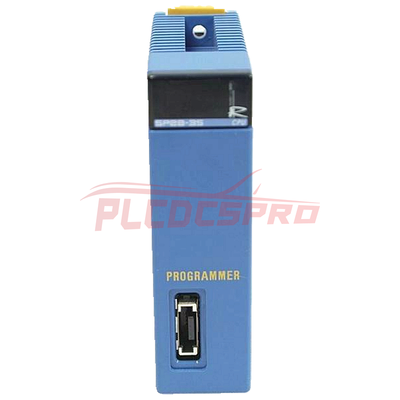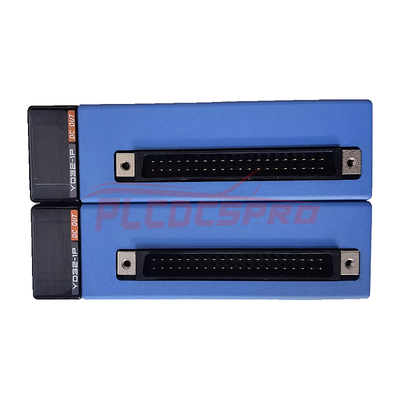Yokogawa offers various I/O modules specifically designed to work seamlessly within their industrial automation control systems. These modules play a crucial role in bridging the gap between field devices (sensors and transmitters) and the Yokogawa controller by providing signal conditioning, conversion, and isolation.
Function:
- Connect field devices like pressure transmitters, temperature sensors, and flowmeters to the Yokogawa control system.
- Receive raw electrical signals from these devices.
- Perform signal conditioning: This might involve amplifying weak signals, filtering out noise, or linearizing non-linear sensor outputs.
- Convert signals to a format compatible with the Yokogawa controller (e.g., convert voltage to digital values).
- Provide electrical isolation: This isolates the field device circuitry from the controller circuitry, protecting both from electrical faults or ground loops.
- Can also be used for output functions, sending control signals from the controller to actuators or other devices in the field.
Types of Yokogawa I/O Modules:
- Analog Input (AI) Modules: Receive analog signals (voltage or current) from sensors and transmitters. They perform signal conditioning and conversion for use by the Yokogawa controller.
- Analog Output (AO) Modules: Receive digital signals from the controller and convert them into analog signals (voltage or current) to control actuators or other field devices.
- Digital Input (DI) Modules: Receive digital on/off signals from devices like limit switches or pushbuttons. They convert these signals for the Yokogawa controller.
- Digital Output (DO) Modules: Receive digital signals from the controller and activate relays or other digital devices in the field.
- Combination Modules: Offer a combination of analog and digital input/output channels on a single module, optimizing space within the control system cabinet.






































